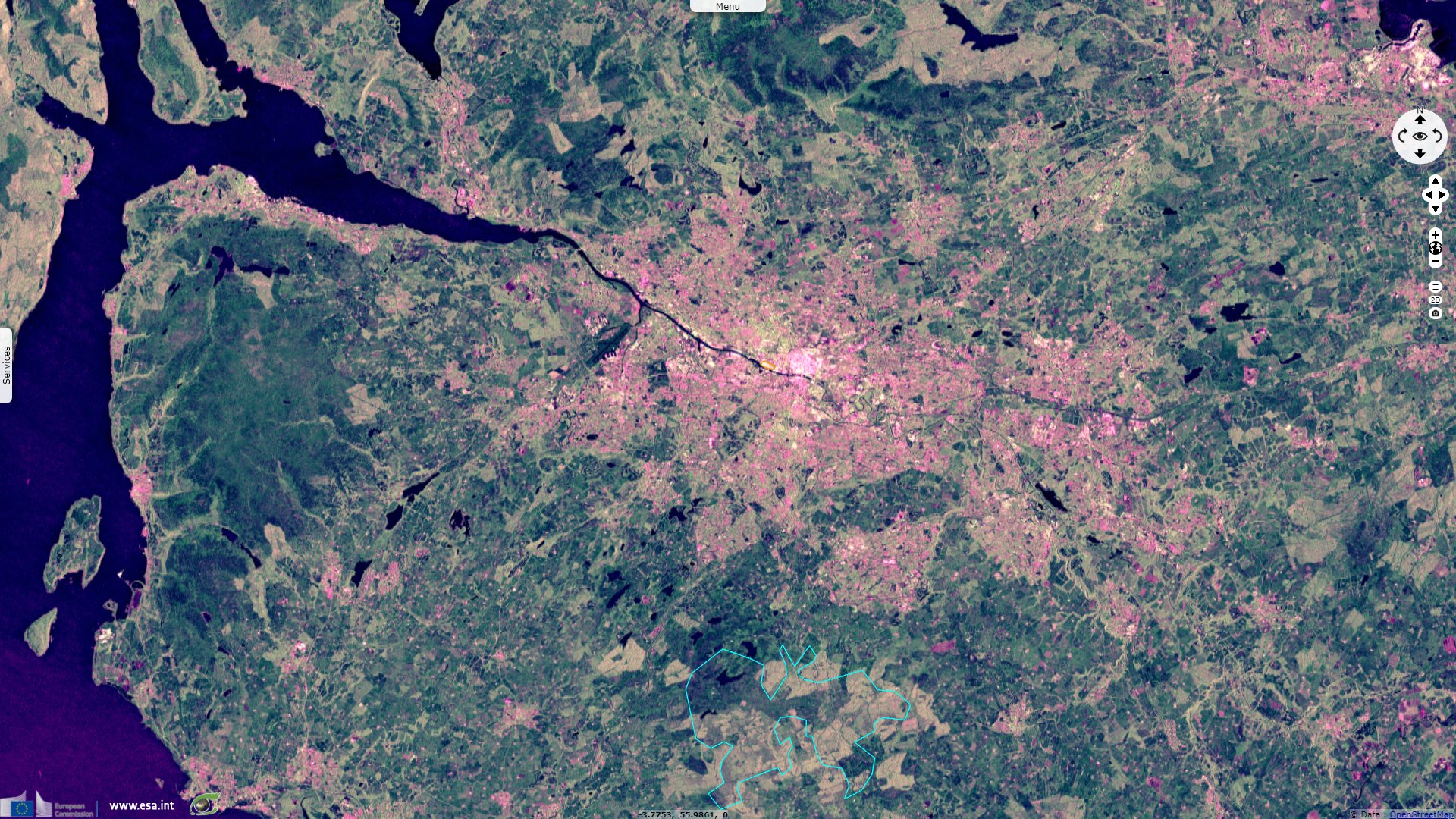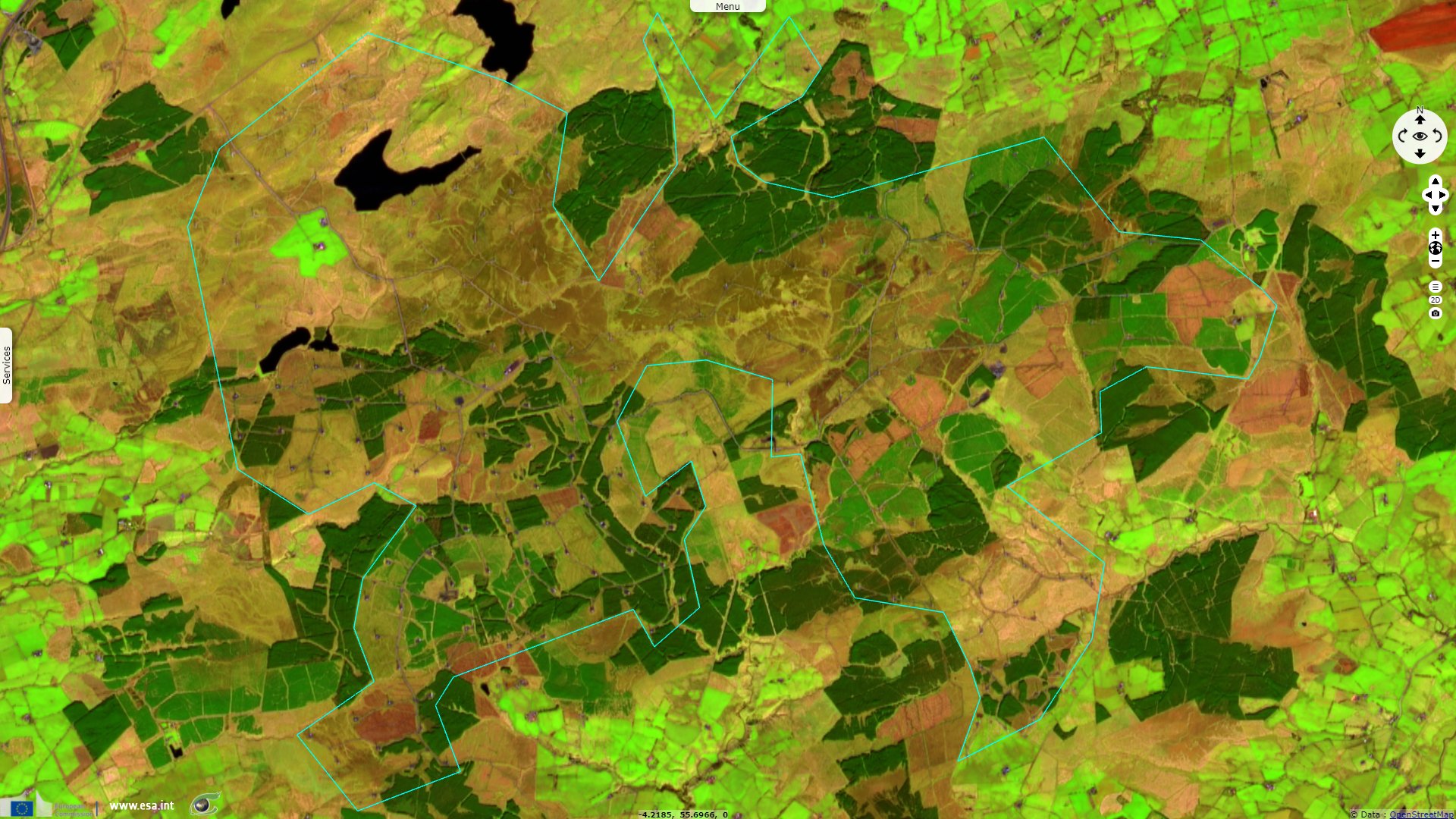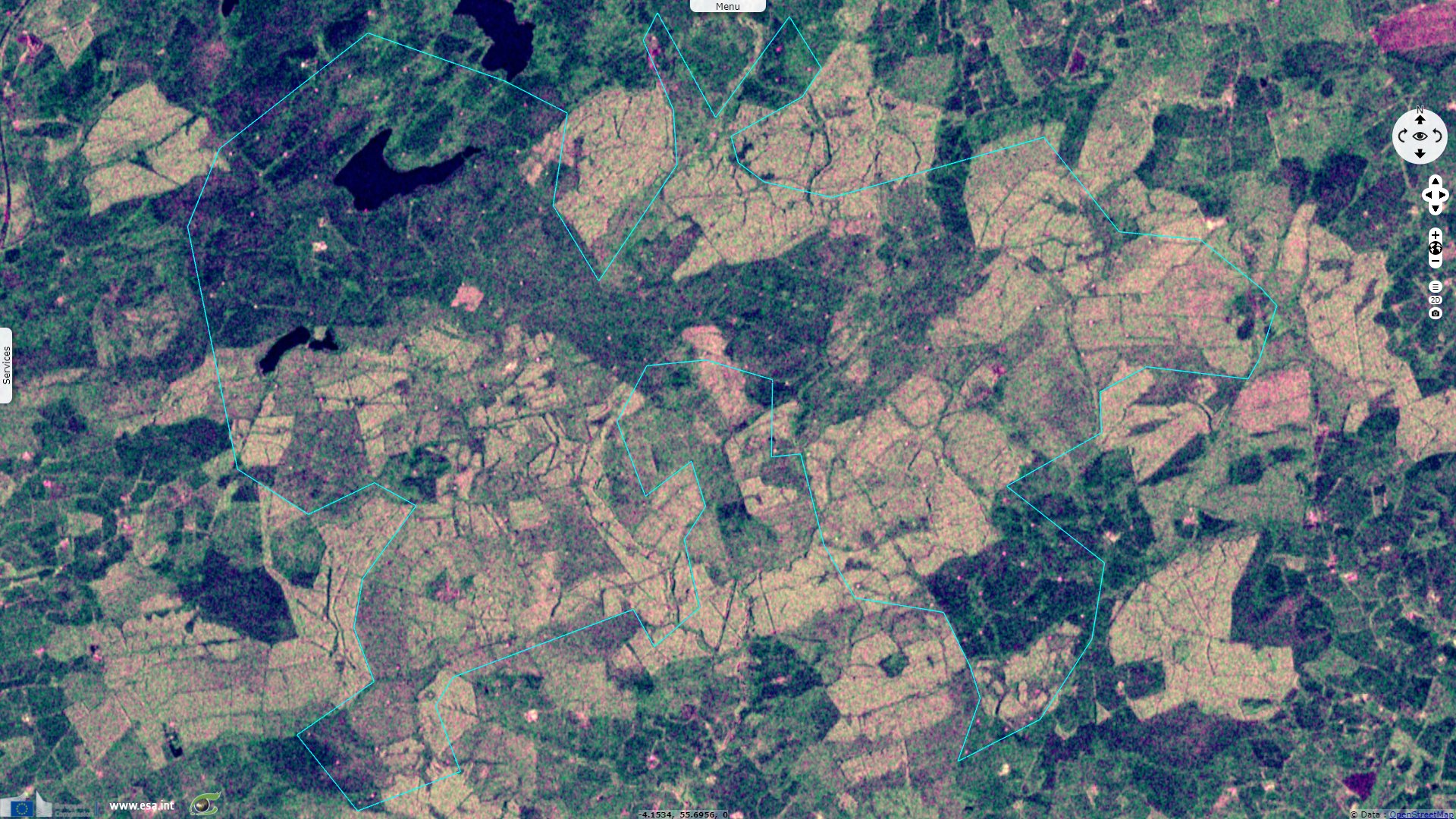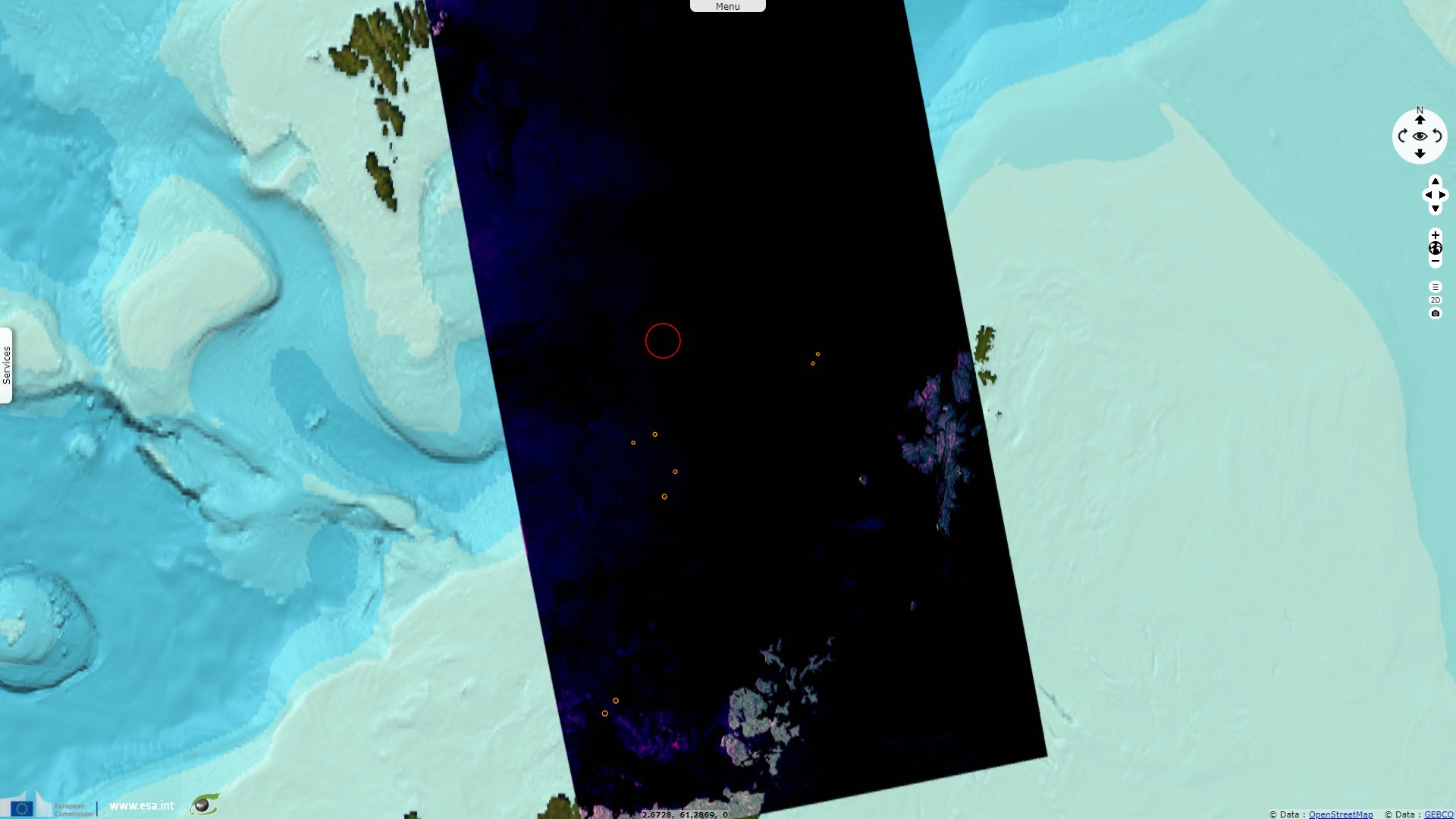From carbon to major renewable energy producer, Scotland hosts COP26 at Glasgow
Sentinel-2 MSI acquired on 20 April 2020 at 11:43:49 UTC
...
Sentinel-1 CSAR IW acquired on 31 October 2021 from 17:51:18 to 17:52:08 UTC
...
Sentinel-1 CSAR IW acquired on 31 October 2021 from 17:51:18 to 17:52:08 UTC
Keyword(s): Climate change, conference, wind power, oil and gas, greenhouse gas, North Sea, Scotland, United Kingdom, UK
In 2002, carbon fuels produced 80% of Scotland's electricity consumption, renewables 3% (principally hydro-electric). Renewables had grown over 40% in 2012. In 2020, renewables produced the equivalent of 97.4% of Scotland's electricity consumption and over 20% of its overall energy, mostly from the country's wind power. In 2018, Scotland exported over 28% of electricity generation to the rest of the UK.
Scotland has 85% of the UK's hydro-electric energy resource. In addition, Scotland has an estimated potential of 36.5 GW of wind energy and 7.5 GW of tidal energy, or 25% of the total estimated capacity for the EU, and up to 14 GW of wave energy potential, or 10% of the EU capacity. It has been nicknamed 'the Saudi Arabia of renewables'.
The Cambo oilfield lies in blocks 204/9 and 204/10, approximately 125 km north-west of the Shetland Islands off the shore of the UK. It is one of the deepest fields ever to be discovered in Northern Europe and is located in 1100 m of water.
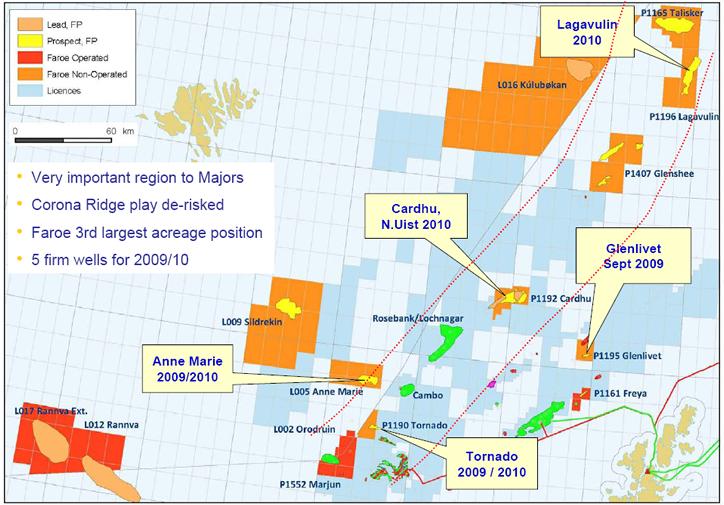

Oil and gas fields in the Corona Ridge, between Feroe (Danemark) and Orkney archipelagos (UK)
